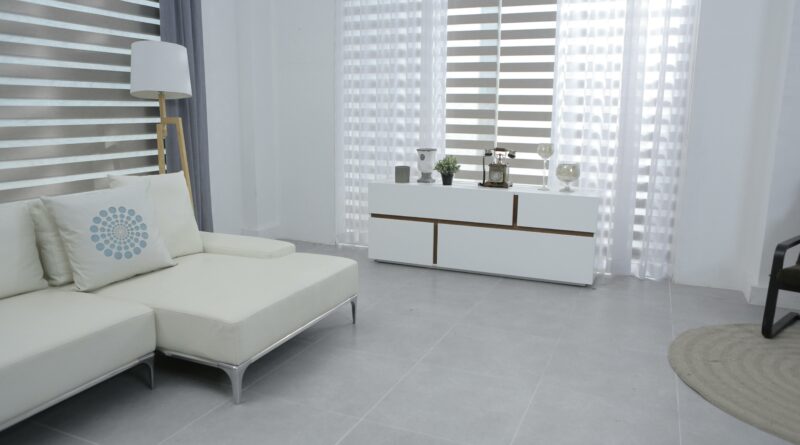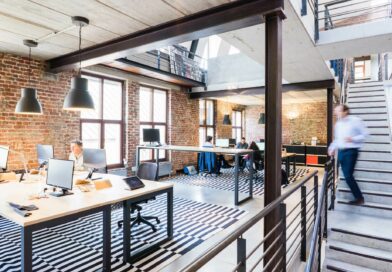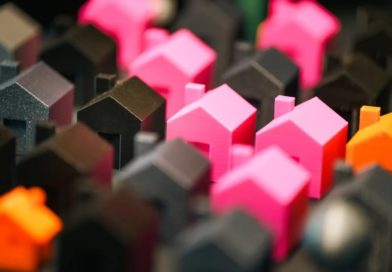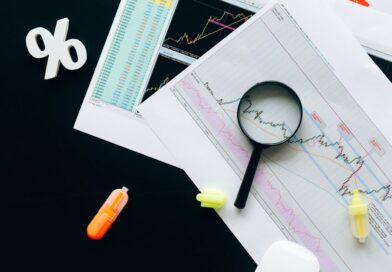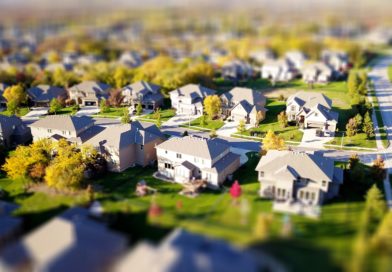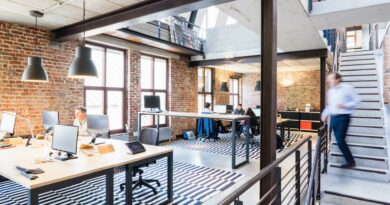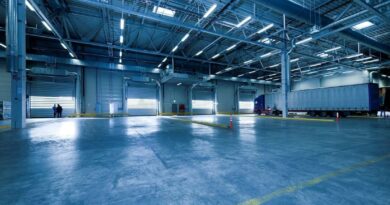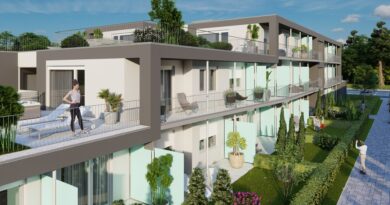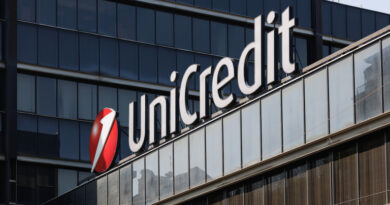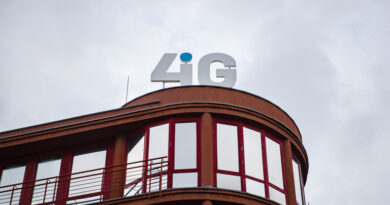Are Sustainable Buildings Worth More?
In a new ViewPoint, CBRE launches its Sustainability Checklist aimed at establishing an evidence base whereby property valuers will be able to directly correlate the impact of sustainable building attributes and innovations to the value of an asset.
Mark Creamer Head of Valuation and Advisory Services, EMEA, said: “Sustainability and its promotion is an important, natural evolution of the real estate industry. Our role is to credibly address the challenge of weighing up the direct effect of sustainability initiatives on asset values – an issue for both investors and valuers. The importance of a robust evidence based approach is clear, which is why we have launched our Sustainability Checklist. The deployment of this across such a significant sample will provide a benchmark from which to assess future data.” The ViewPoint, ‘Valuing Sustainable Buildings’ accepts that the increasing adoption of sustainable practices has provided commercial returns, often in the form of reduced operating costs, for example, on energy consumption. Another established benefit is the greater marketability of the property concerned, particularly with regard to the public sector or in markets where there is over-supply.
To date, due to the lack of direct evidence, CBRE has not incorporated sustainability factors into its appraisal methodology and does not expect, in the short term, that a building’s sustainability rating will lead to an automatic change in values. It must be evidence based. To establish this base, CBRE has launched a Sustainability Checklist which will be incorporated from now on into property valuations, covering a statistically significant universe of approximately 15,000 commercial properties with a combined value in the region of £100 billion.
Graham MacMillan, Head of Valuation at CBRE Budapest added: “It is noticeable that ‘Green’ buildings are more marketable on an occupational level, with tenants being appreciative of lower running costs, but it is not yet clear whether these benefits add directly to Capital Value. There is however an expectation by the market for new / prime buildings to have ‘Green’ features, although to date there is no clear evidence that they achieve any premium. In the current market, traditional fundamentals of location and quality remain paramount, but a building with good fundamentals as well as having sustainable features would be a very marketable prospect. In future, as the market develops and the relationship between an assets’ sustainable features and value become more quantifiable, investors and developers alike will be able to prioritise what offers greatest impact for both the environment and their bottom line.”

